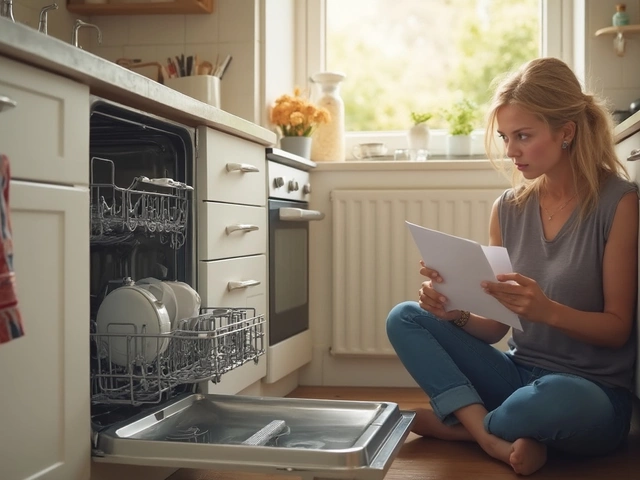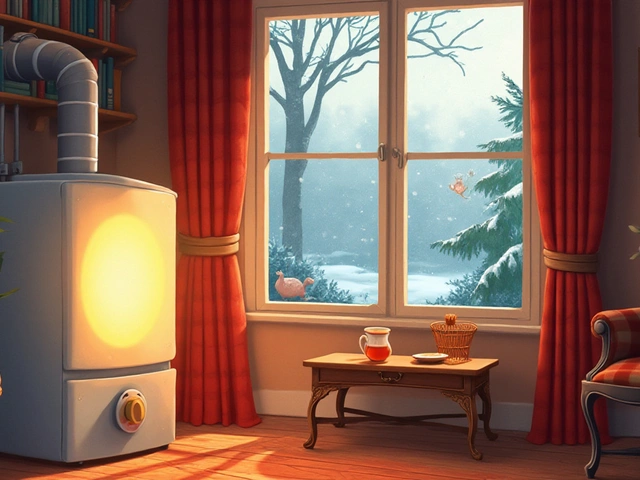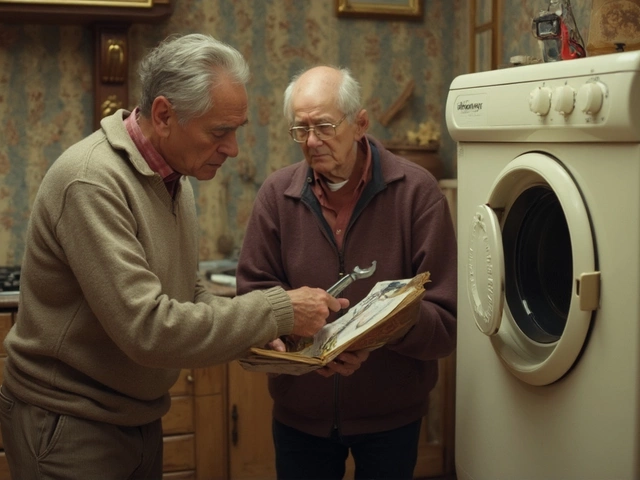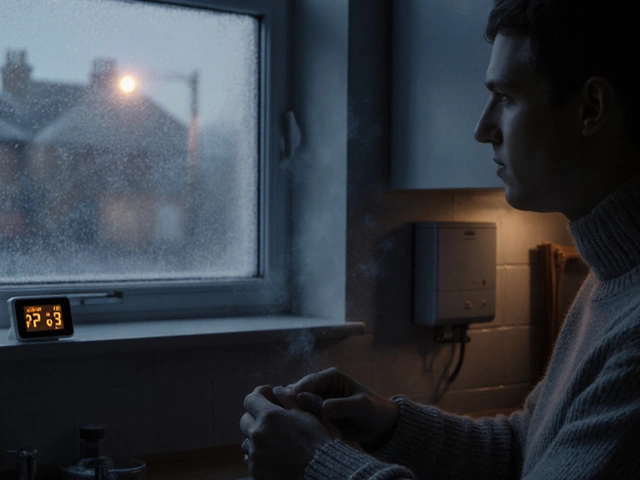If your cooker won’t heat, makes weird noises, or shows error codes, you don’t always need to dial a technician. A lot of issues are easy to spot and fix with a few tools and a bit of patience. Below you’ll find the most common problems, quick checks, and step‑by‑step repairs you can try before you call for help.
Electric oven not heating – First, make sure the oven is set to the right temperature and the timer isn’t on. Check the power supply; a tripped breaker or a loose plug can stop electricity from reaching the heating element. If the oven lights but stays cold, the element may be broken.
Hob burners won’t light – For a gas hob, listen for the clicking sound. No click? The igniter could be clogged with food debris. Clean it gently with a toothbrush. For an electric hob, a faulty burner element often causes the problem. Swapping the suspect burner with a working one can confirm the issue.
Oven door won’t close properly – A warped seal or debris around the hinges can keep the door from sealing. Inspect the seal for cracks and clean any crumbs. Re‑align the hinges if they look bent.
Strange smells or smoke – Turn off the cooker immediately and let it cool. A spill on the heating element or in the oven cavity can scorch and cause smoke. Remove the food, clean the area, and dry thoroughly before testing again.
Replacing a broken electric hob element – Unplug the cooker. Remove the screw holding the burner in place, then pull the burner out. Locate the two wires at the back, note their positions, and disconnect them. Plug the new element in, snap the wires back, and secure the burner with the screw. Test it – the burner should heat up within a minute.
Fixing an oven heating element – Remove the oven racks and locate the element at the back or bottom. Unscrew the element’s mounting brackets and pull it out gently. Use a multimeter to test continuity; a zero reading means the element is faulty. Replace it with a new one, secure the brackets, and reconnect the wiring. Plug the oven back in and run a short heat cycle to confirm.
Cleaning a clogged gas igniter – Take off the burner cap and use a soft brush to clear any food bits from the igniter tip. Avoid using water; a dry brush works best. Re‑assemble the burner, turn the gas on, and try lighting it. If it still won’t spark, the igniter may need a replacement.
Testing the thermostat – If the oven reaches the right temperature but the indicator is wrong, the thermostat could be at fault. Remove the back panel, find the thermostat sensor, and check it with a multimeter. A reading far from the expected value means replace the sensor.
Safety first: always disconnect power before opening any part of the cooker. Keep a flashlight handy, as interior panels can be dark. If you ever feel unsure, it’s better to call a qualified repair service – especially for gas‑related work.
These quick checks and repairs can save you time and money. Most cooker problems are caused by simple things like a broken element, a loose connection, or a dirty igniter. By following the steps above, you’ll know exactly when to fix it yourself and when to hand it over to the experts.

Curious how to fix a broken cooker? Explore hands-on steps, common faults, safety tips, and tricks to get your appliance working again—no jargon, just practical advice.

Annoyed by standing water at the bottom of your dishwasher? This article breaks down why your dishwasher isn't draining, what can cause it, and how to troubleshoot the most common issues. Learn about clogged filters, garbage disposal connections, and more. I'll also share some handy tips to help you prevent problems in the future. Whether you're a first-timer or have dealt with dishwasher headaches before, you’ll find practical advice here.

Neglecting boiler maintenance can lead to a series of unfortunate events, from reduced heating efficiency to costly breakdowns. A neglected boiler could become a safety hazard, potentially increasing the risk of carbon monoxide poisoning. Regular servicing can enhance your boiler’s longevity, ensuring a warm home environment during cold spells. Discover why these routine check-ups are more crucial than many realize and learn how they can save you from avoidable expenses.

Wondering if fixing your tumble dryer makes sense? This article dives into crucial considerations like repair costs, common issues, and when to replace. Avoid costly mistakes by learning signs that scream 'repair!' or 'replace!' Smart tips help you make the right decision for your dryer woes.

This article breaks down what an appliance standard really is and why it matters when you’re buying or servicing home appliances. You’ll learn about the rules that keep appliances safe and efficient, plus tips for spotting compliant models. It explains how standards affect your bills and the planet. Real-world examples make it clear and easy to understand. Use this guide to make smarter choices about your appliances.

Find out how much boiler repair costs in 2025, what factors affect the price, typical price ranges, and tips to get fair quotes and save money.